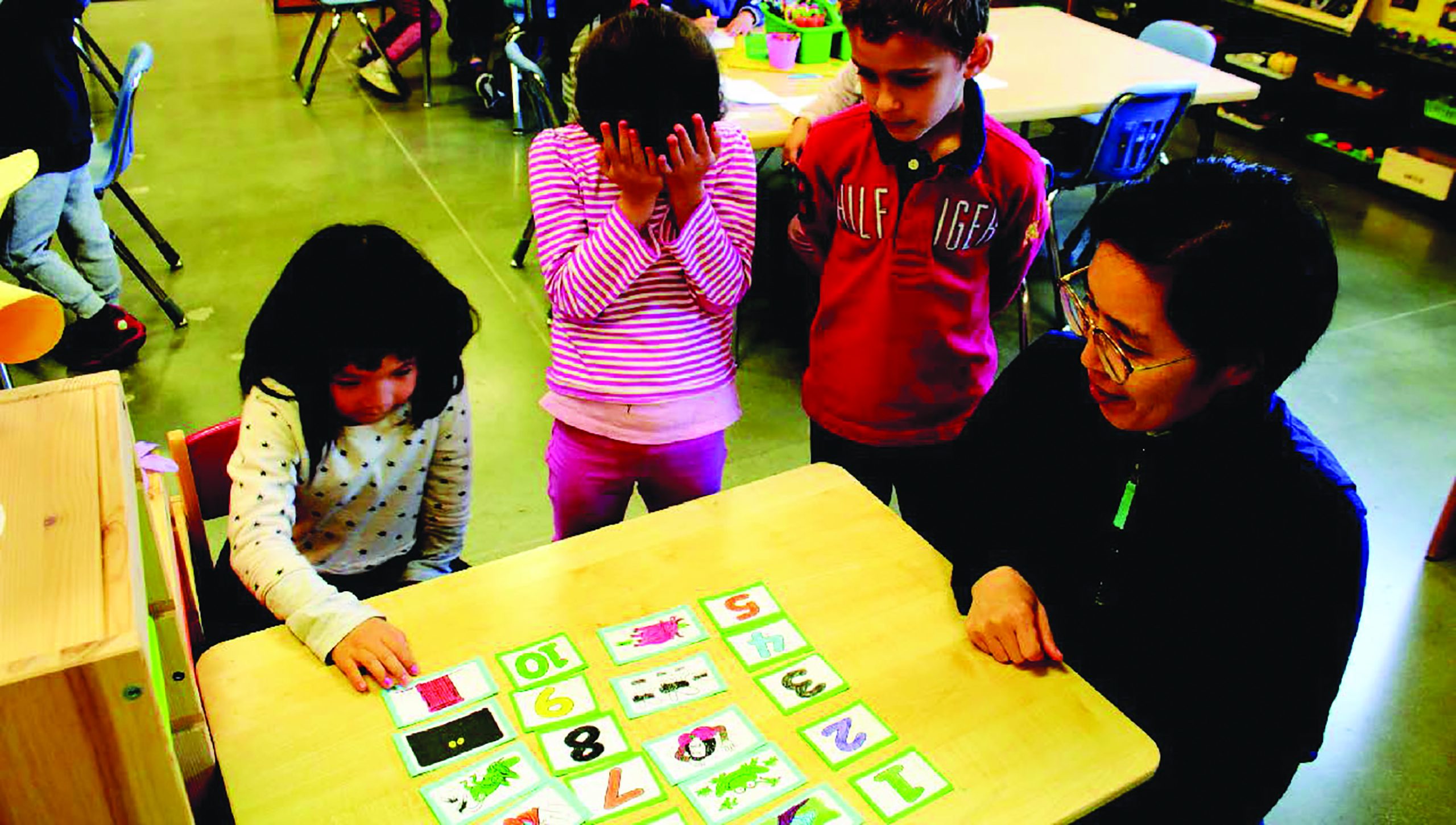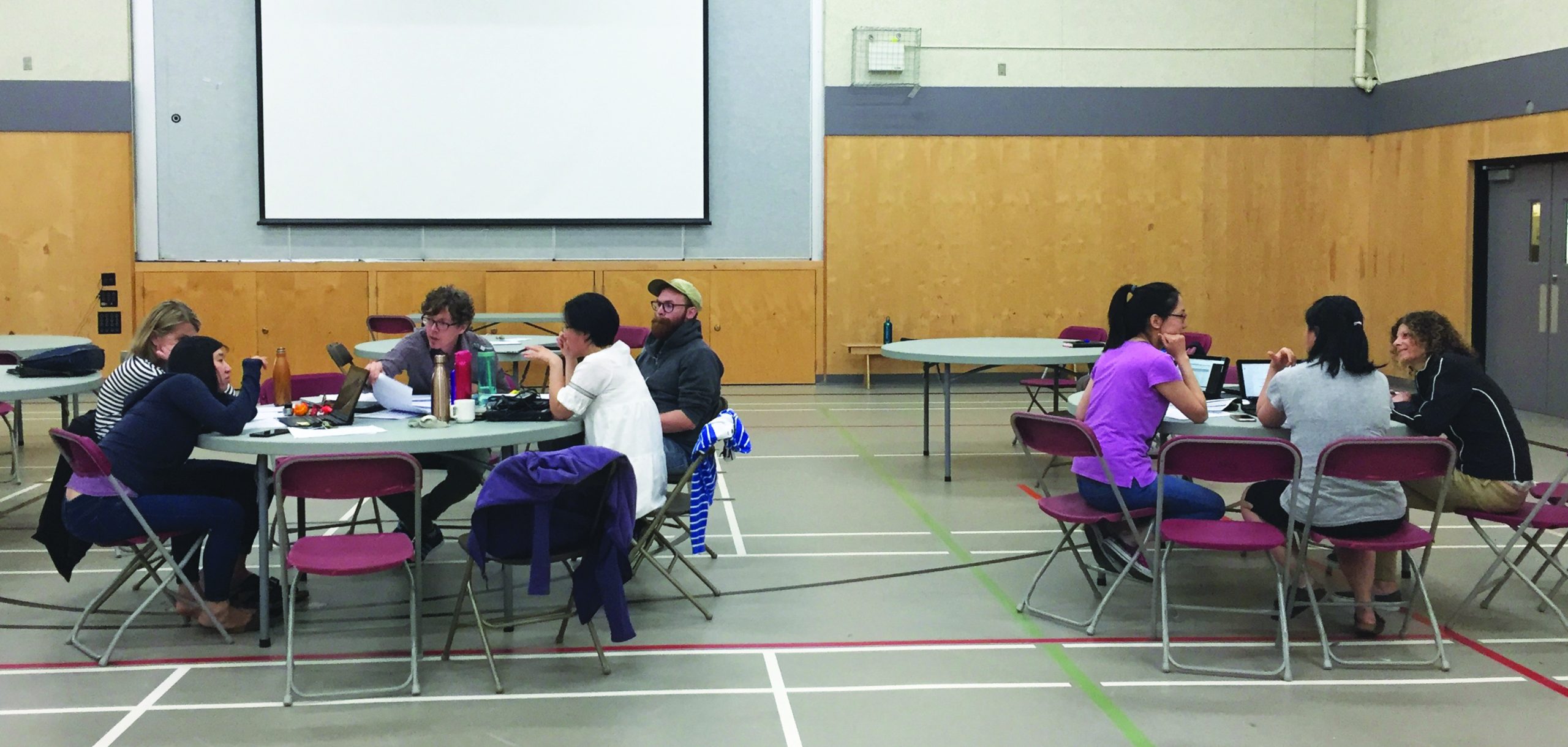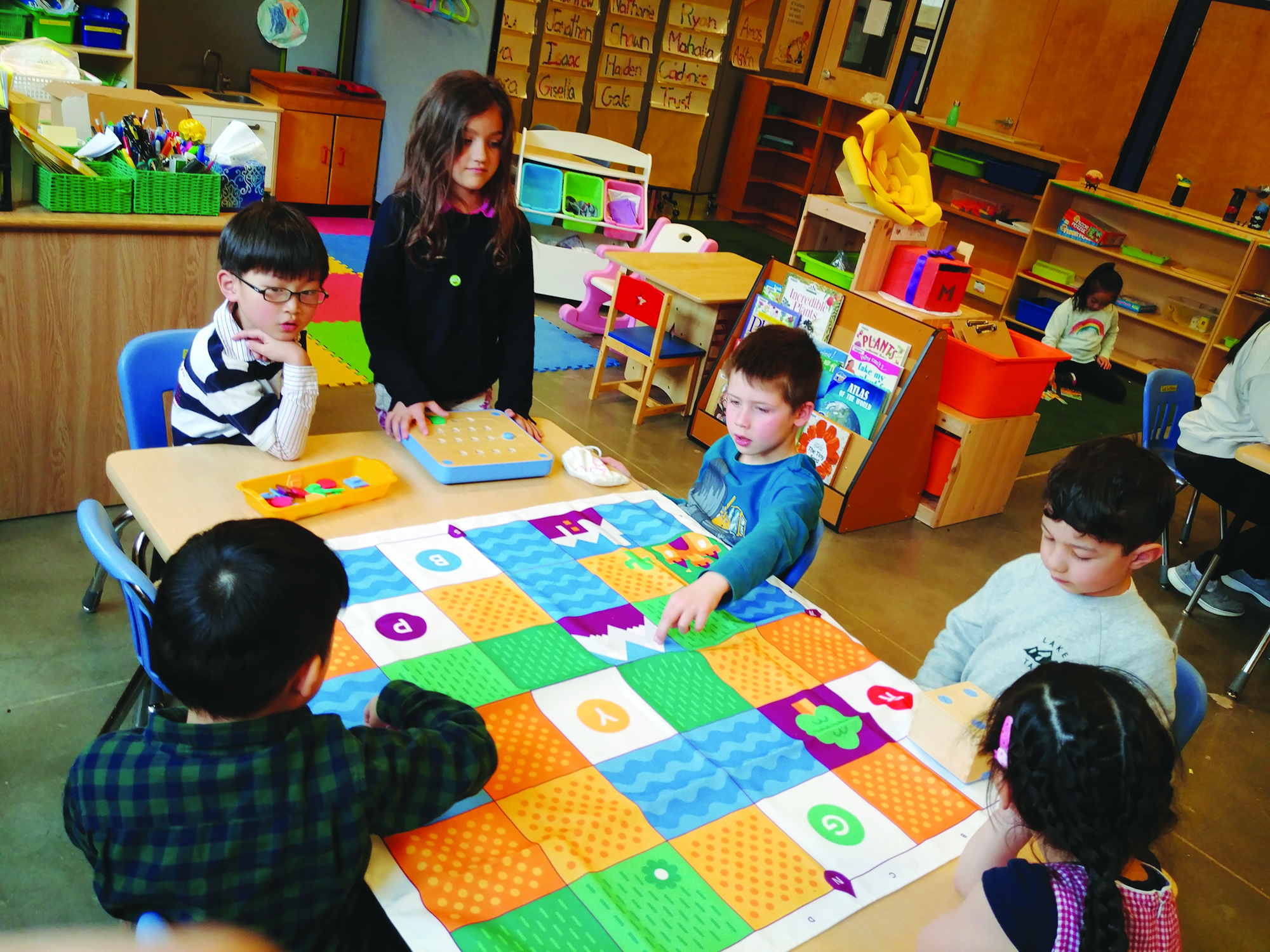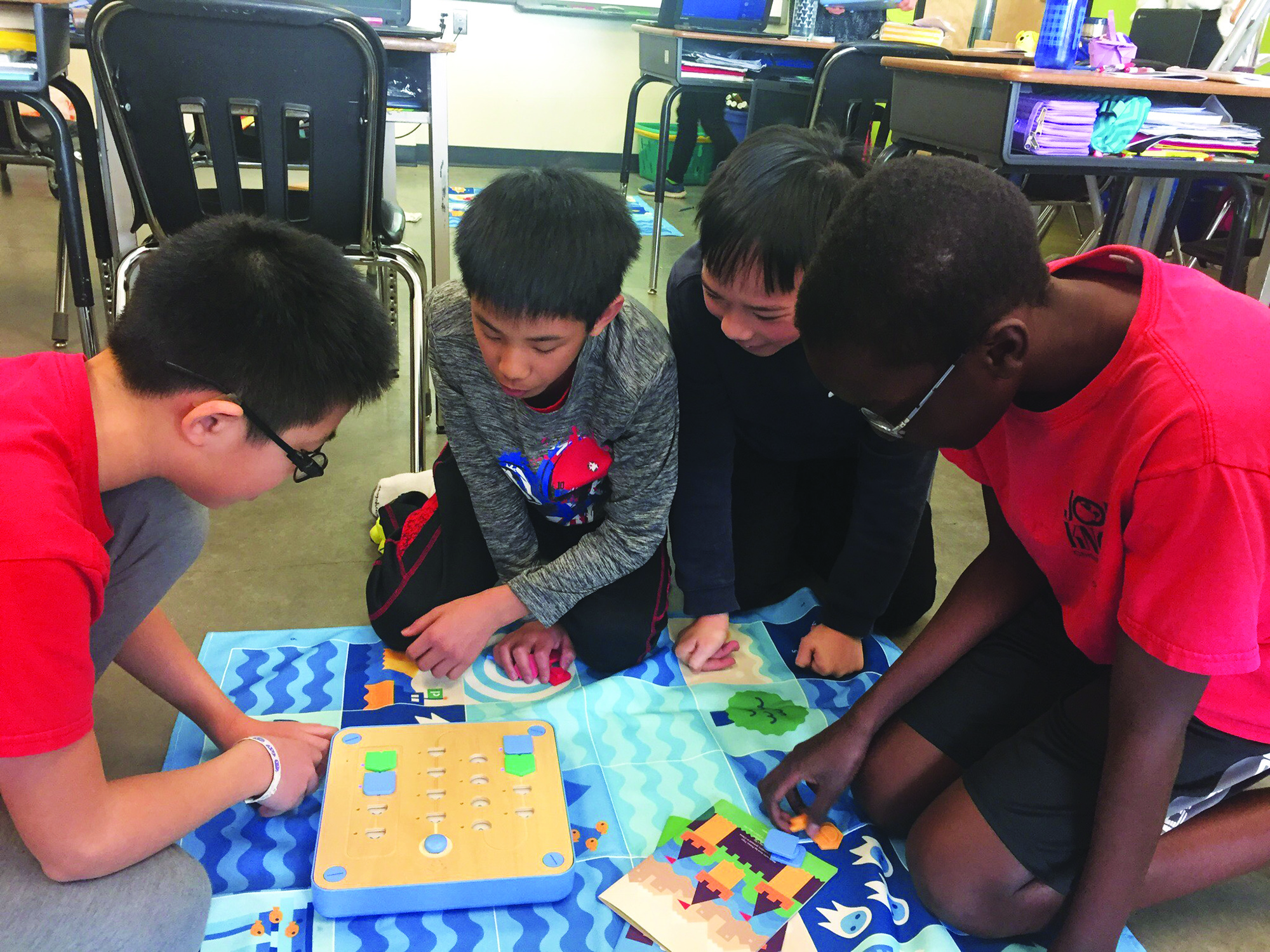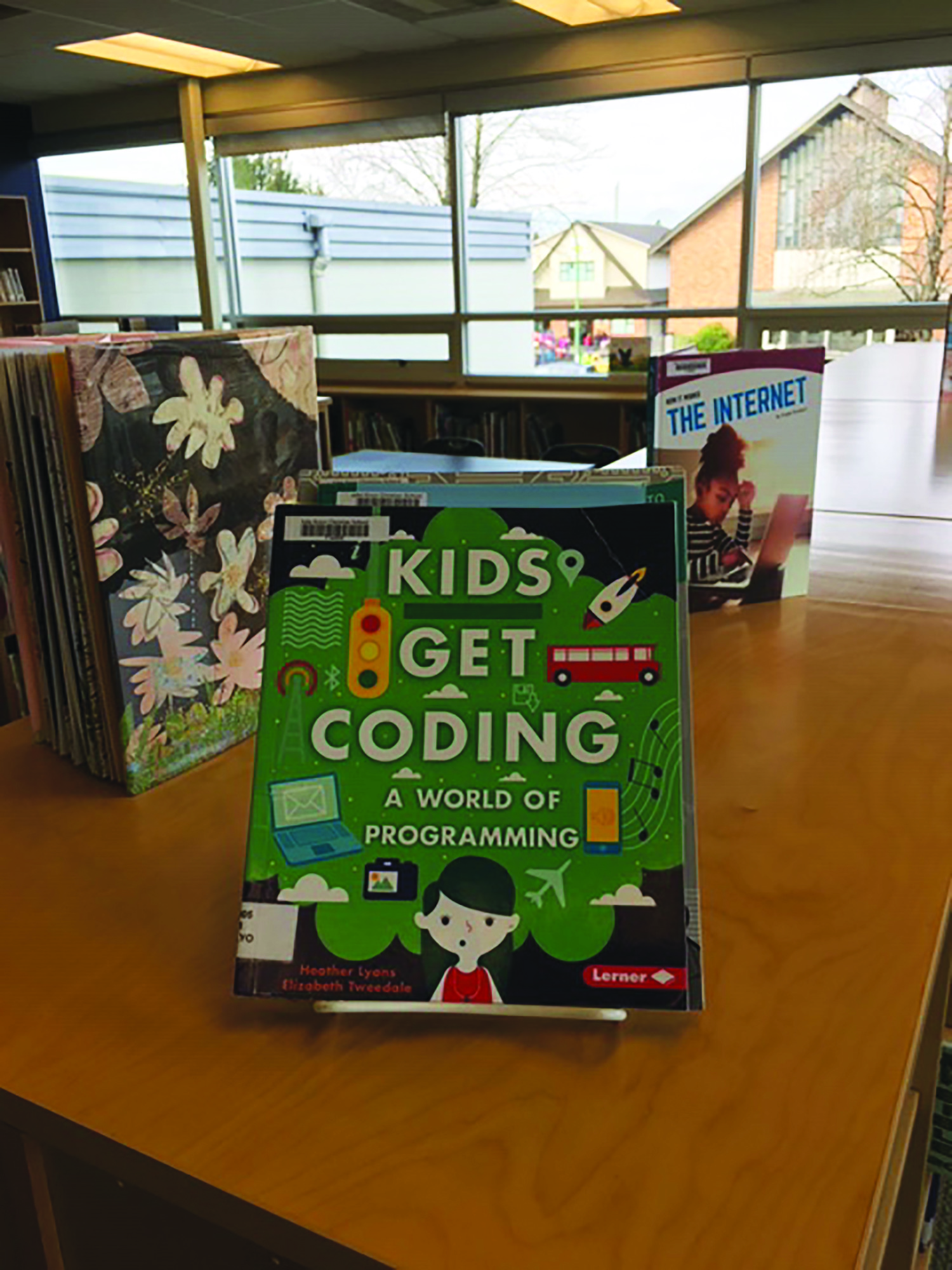Technology and the Common Good
Technology has become an inescapable part of nearly every North American child’s daily experience. The rapid expansion of electronic media has sparked debate over the effects of technology use on children’s development (Crone and Konijn 2018; Hale and Guan 2015; Nikkelen et al. 2014; Norris, Hamer, and Stamatakis 2016; Evans Schmidt and Anderson 2009; Kardefelt-Winther 2017; Gao et al. 2015), and policy-makers in various countries have set guidelines for limiting children’s technology use (Gottschalk 2019; Canadian Society for Exercise Physiology 2017). Nevertheless, the increasing importance of technology has made it imperative that future citizens learn to engage constructively with the digital infrastructure undergirding their world.
Educators have an important role in helping children navigate this new digital world, including teaching them the core skills necessary for basic digital literacy: “With technology being everywhere, it is important for students to not only know how to use it, but to understand how it works. It’s not just about raising a new generation of computer programmers, it’s about developing basic skills to operate in the world, similar to learning math or English” (JKCS 2019).
“I do think our investment in teaching tech-based curriculum (specifically in the area of coding as a language, as a process, as a potentially powerful instrument) prepares the technological mother-board. . . for students to have less apprehensive, more respectful, and more intuitive relationship with technology and coding in the future.”
It is even more important that children be equipped with an ethical framework within which they can engage technology. Training children to use technology in ways that advance the common good is a particular moral imperative for Christian schools: students need to learn how to engage with the forces shaping their world—of which digital technology has quickly become one of the strongest—in a way that fosters Christian character and demonstrates love of one’s neighbour. The leadership team at John Knox seeks to equip the next generation of citizens to be able “to solve real-world problems in a way that has them think critically as stewards of creation.” The school’s work in computational thinking aligns with its focus on shaping student integrity and flexibility of mind and thought across subjects and grades:
“At John Knox Christian School (JKCS), we want our students to be creators of technology, not just consumers of technology. It is this vision that has motivated us to implement a new coding curriculum from our youngest students in kindergarten all the way to grade 12. This vision is part of a larger picture—that of graduates who are aware of the world and its needs, who know their value as children of God, and who are equipped to better the world with their unique gifts and skills.”
“In 2016, the British Columbia Ministry of Education introduced a new curriculum that included a coding component in all the grades [CodeBC 2020]. But for the leadership at JKCS, our reasons for including coding go beyond meeting curriculum requirements. Rather than being shaped by the technology our students use, this curriculum will help them use technology to shape the world around them. If we want coding and computer science to be anything other than a skill, we must nurture its connection to creativity and to ethics. We must ground it in collaborative and independent efforts to solve real world problems. To do that, we encourage our students to look at their new skills not as the end goals but as tools for transformation” (JKCS 2019).
Technology Use and Instruction in the Classroom
John Knox has been careful to teach computational thinking in a context of encouraging healthy engagement with digital technology. Though John Knox enforces a no-screen policy for students in kindergarten through grade 2, educators teach a technology-based program in these classes. The screen-free policy reflects educators’ emphasis on facilitating healthy human connections, social competencies, and hands-on activities in all grades, but with a particular sensitivity to the needs of younger students. This approach aligns well with research showing the importance of hands-on learning (Bustamante, White, and Greenfield 2018) and improving social competencies (Jones, Greenburg, and Crowley 2015) for young children.
“I think understanding that unplugged technology and coding can be done effectively reduces the pressure teachers feel when having to introduce and learn something new. . . . They are most likely already teaching some of these skills (e.g., sequencing, looping). Ultimately, we want coding and technology to be a skill set that is used to better the world, not to enhance their screen-time experiences.”
John Knox teaches purposeful, educational use of screens when introducing them to students in the classroom. In addition to using online research, email, and Skype sessions to enhance classroom learning, the school’s curriculum places a particular emphasis on coding. Coding is about using “computer language to tell a computer what to do,” but it also requires a broader set of thinking skills, which include analyzing and breaking down problems, critical thinking, and logic (JKCS 2019). One teacher elaborates,
“It is far more than just teaching students the basics of technology, as it goes deeper to helping students use computational thinking, as a problem-solving strategy, and design thinking, as a way of creating solutions that focus on needs of others.”
Starting with kindergarten, the school aims to “[build] upon each grade to ensure that students have an understanding of the terminology of technology and coding.” Students in kindergarten through grade 2 spend time learning the language and foundational concepts of coding through step-by-step instructions that use coding vocabulary. They participate in a variety of activities that are unplugged, age appropriate, and allow them to hone their skills in a fun and creative way. These include design-thinking projects (such as bike repair), making games, and an introduction to algorithms. Kindergarten students, for instance, are taught about “sequences” through an interactive game:
“They are writing a series of instructions using symbols so that their ‘robot’ (another member of the class) can ‘explore earth’ (navigate a simple obstacle course). After they’re finished writing, they execute their ‘code’ and see how the robot does. Then they discuss what worked and what didn’t work—learning the process of ‘debugging’ their code” (JKCS 2019).
Cooking class is another opportunity to teach students the basics of coding in an unplugged environment. As they work through each recipe, students are taught to “break a complex task into a sequence of logical steps, using code language wherever applicable, e.g., to CREAM the butter and sugar. We modify the recipe where needed (abstraction) and develop concise instructions (algorithm).” Such activities enable John Knox students to develop a solid understanding of concepts and vocabulary by the time that they are introduced to actual computer programming.
“I would love to see that some kids pursue coding and become coders, but that all kids from John Knox embrace their design thinking, especially the empathy part of it; computational thinking as a problem solving strategy, as a way they can deal with . . . planting a garden, writing an essay, doing an art project and art installation—that those ways of thinking take root as tools for kids.”
One teacher describes a design-thinking project that requires group problem-solving: each student is assigned a specific role in his or her group, and each group must work together to design a shoe that would function within defined parameters. Three times a year, grade 6 students have two full days of “mini-electives,” in which they can learn about real-world design scenarios with an expert. For example, one teacher brings in old lawnmowers, which students disassemble in order to learn how the various parts work together: “They look at the parts and pieces; they examine what does it take to make this, how does this engine work, how do we use this, and how else is it being used?”
Beginning in grade 3, students can apply their coding skills in digital environments. One teacher uses tutorials offered by Scratch, an online platform designed to help children learn basic programming concepts (Massachusetts Institute of Technology 2019), as a means of teaching coding: “In the past my class has worked through a few Scratch tutorials. Those who showed mastery (or at least notable competency) of Scratch were given liberty to play with different and sometimes more advanced programs.”
Technology and Real-World Applications
John Knox staff believe that technology must be “[grounded] in collaborative and independent efforts to solve real-world problems. To do that, we encourage our students to look at their new skills not as the end goals but as tools for transformation” (JKCS 2019). Coding is not simply about computer programming but rather “about solving problems and understanding how things work. This ties in nicely with the new curriculum where students are encouraged to work together collaboratively and come up with solutions.” At John Knox, computational thinking is viewed as a competency, alongside traditional competencies like reading and mathematics, that students should be equipped with by the time they graduate from the elementary school. Establishing this standard level of coding competency in turn significantly expands the range of activities students can study in high school. The staff also hope their efforts to ensure all students are comfortable with the basics of coding will encourage girls to continue in male-dominated programming fields: “We wanted to make sure that the coding, computational thinking, and design piece didn’t carry those gender stereotypes with them.”
John Knox has numerous methods and strategies in place that help staff learn to teach coding effectively. One of these is the assistance provided by coding curriculum consultants, hired by the school to provide ongoing professional development and curriculum development for the teachers: “Viewing our need for outside help was rooted in the recognition that the vision exceeded our resources” (Perttula 2019). In addition to providing teachers with resources and lesson plans, these consultants give the teachers extended support by working alongside them in teams. They help “to create depth and integrity to the curriculum process while at the same time coaching and helping the teachers achieve their goals. . . . There is a ton of one-on-one that’s occurring.”
John Knox decided to hire outside help “not only because we needed their expertise, but also because we recognized that in this case, developing an excellent program would require sustained and ongoing attention.” The school believes that investing in external consultants rather than occasional professional-development events has been an effective approach:
“We are paying for this specialized curriculum-development support, often in lieu of sending teachers to one-off, off-site coding workshops. So far, the results are encouraging, and the returns on investment support the goal of making consistent improvements.”
The school’s conscientious focus on the long-term development of its coding program has been key to success both for the program as a whole and for its relationship with these consultants in particular. John Knox staff and the consultants emphasize the school’s long-term strategy as a key reason that their relationship has been a good fit: both parties agree that integrating coding into the curriculum “can’t be piecemeal. That’s the posture.”
Teachers at John Knox emphasize the importance of starting with the basics when teaching coding, citing the use of simple, fun activities in non-digital contexts to introduce young children to the fundamentals. This approach, as one educator notes, encourages students to “[focus] more on solving problems and understanding how things work rather than [treating technology] as a means of entertainment.” John Knox staff also insist that teachers be prepared to learn alongside their students.
The administration’s support for “outside-the-box” initiatives has helped unite the entire staff around John Knox’s vision for constructive technology use. This collaboration between the administration and the teachers has been essential to the success of the new curriculum. The school also provides “up-to-date technology for use in the classroom, [including] iPads, computers, smart boards, [and] interactive boards” and employs IT designers to support teachers.
John Knox’s investment in coding aims to help students learn to use technology well and thrive in the twenty-first-century workforce. Preparing students for a career in computer programming is secondary to equipping them with skills in computational thinking that are needed for many careers:
“[Students are] developing skills in how to break apart complex problems, how to develop complex solutions, and how to use empathy to design for people. Even if students do not become programmers in the future, they will be able to use the skills developed from learning how to code in building furniture, solving issues of social justice, urban planning, or any other field of work they choose to pursue” (JKCS 2019).
Key Takeaways
- Given the prevalence of digital technology in the current era, students need to learn how to use screen time in meaningful and productive ways.
- Teaching ethics and social competencies along with technology-related skills encourages students to use these skills to solve real-world problems.
- Educating students in using technology constructively will prepare them for the twenty-first-century workforce.
- Learning how to code not only teaches students the foundations of computer programming but also develops their skills in critical thinking and logic. Even young students can start learning the basics of coding in non-digital contexts.
- Working collaboratively to integrate coding into a school’s curriculum helps foster a unified approach to the new content, consistency across grades, and common terminology and processes.
- Allocating regular, dedicated professional development enables teachers to learn to teach coding well.
- When integrating technology into classrooms and curricula, educators should be prepared to learn alongside their students.
References
Bergmark, U., and C. Kostenius. 2018. “Appreciative Student Voice Model—Reflecting on an Appreciative Inquiry Research Method for Facilitating Student Voice Processes.” Reflective Practice 19, no. 5:623–37.
Bustamante, A.S., L.J. White, and D.B. Greenfield. “Approaches to Learning and Science Education in Head Start: Examining Bidirectionality.” Early Childhood Research Quarterly 44:34–42.
Calabrese, R. 2015. “A Collaboration of School Administrators and a University Faculty to Advance School Administrator Practices Using Appreciative Inquiry.” International Journal of Educational Management 29, no. 2:213–21.
Canadian Society for Exercise Physiology. “Canadian 24- Hour Movement Guidelines for Children and Youth (Ages 5–17 years).” https://csepguidelines.ca/children-and-youth-5-17.
CodeBC. 2020. “About Us.” http://codebc.ca/about-us/.
Crone, E., and E. Konijn. 2018. “Media Use and Brain Development During Adolescence.” Nature Communications 9, Article no.: 588, p. 1-10. https://www.nature.com/articles/s41467-018-03126-x.
Evans Schmidt, M., and D. Anderson. 2009. “The Impact of Television on Cognitive Development and Educational Achievement.” In Children and Television: Fifty Years of Research, edited by N. Pecora, J. Murray, and E. Wartell, 65–84. Mahwah, NJ: Erlbaum.
Gao, Z., et al. 2015. “A Meta-analysis of Active Video Games on Health Outcomes Among Children and Adolescents.” Obesity Reviews 16, no. 9:783–94. http://dx.doi.org/10.1111/obr.12287.
Gordon, S.P. 2016. “Expanding Our Horizons: Alternative Approaches to Practitioner Research.” Journal of Practitioner Research 1, no. 1: article 2.
Gottschalk, F. 2019. “Impacts of Technology Use on Children: Exploring Literature on the Brain, Cognition and Well-Being.” OECD Education Working Papers, No. 195. Paris: OECD Publishing. http://dx.doi.org/10.1787/8296464e-en.
Hale, L., and S. Guan. 2015. “Screen Time and Sleep Among School-Aged Children and Adolescents: A Systematic Literature Review.” Sleep Medicine Reviews 21:50–58. http://dx.doi.org/10.1016/J.SMRV.2014.07.007.
John Knox Christian School. 2018. “Mission and Vision Statement.” https://johnknoxbc.org/mission-vision/.
John Knox Christian School. 2019. “Coding Curriculum.” https://johnknoxbc.org/coding/.
Jones, D., M. Greenburg, and M. Crowley. 2015. “Early Social-Emotional Functioning and Public Health: The Relationship Between Kindergarten Social Competence and Future Wellness,” American Journal of Public Health 105, no. 11:2283-2290. https://ajph.aphapublications.org/doi/10.2105/AJPH.2015.302630.
Kardefelt-Winther, D. 2017. “How Does the Time Children Spend Using Digital Technology Impact Their Mental Well-Being, Social Relationships and Physical Activity? An Evidence-Focused Literature Review.” Innocenti Discussion Paper 2017-02. UNICEF Office of Research. https://www.unicef-irc.org/publications/pdf/Children-digital-technology-wellbeing.pdf .
Massachusetts Institute of Technology. 2019. “About Scratch.” https://scratch.mit.edu/about.
Nikkelen, S., et al. 2014. “Media Use and ADHD-Related Behaviors in Children and Adolescents: A Meta-analysis.” Developmental Psychology 50, no. 9:2228–41. http://dx.doi.org/10.1037/a0037318.
Norris, E., M. Hamer, and E. Stamatakis. 2016. “Active Video Games in Schools and Effects on Physical Activity and Health: A Systematic Review.” Journal of Pediatrics 172:40–46. http://dx.doi.org/10.1016/j.jpeds.2016.02.001 .
Perttula, W. 2019. Personal communication. June 1.
Ryan, F.J., M. Soven, J. Smither, W.M. Sullivan, and W.R. Van Buskirk. 1999. “Appreciative Inquiry: Using Personal Narratives for Initiating School Reform.” The Clearing House 7, no. 3:164–67.
Stavros, J., L. Godwin, and D. Cooperrider. 2015. “Appreciative Inquiry: Organization Development and the Strengths Revolution.” In Practicing Organization Development: A Guide to Leading Change and Transformation, edited by W. Rothwell, R. Sullivan, and J. Stavros, 96–115. 4th ed. Hoboken, NJ: Wiley.
Tittle, M.E. 2018. Using Appreciative Inquiry to Discover School Administrators’ Learning Management Best Practices Development. Walden Dissertations and Doctoral Studies Collection at ScholarWorks. Minneapolis: Walden University.
Waters, L., and M. White. 2015. “Case Study of a School Wellbeing Initiative: Using Appreciative Inquiry to Support Positive Change.” International Journal of Wellbeing 5, no. 1:19–32.
Zepeda, S.J., and J.A. Ponticell. 2018. The Wiley Handbook of Educational Supervision. Hoboken, NJ: Wiley-Blackwell.


